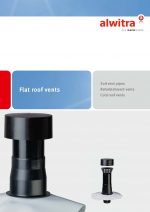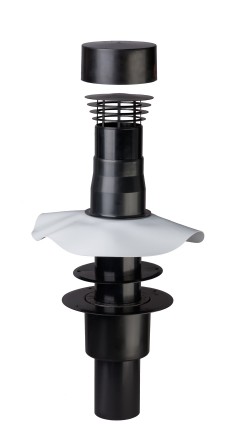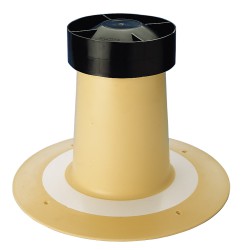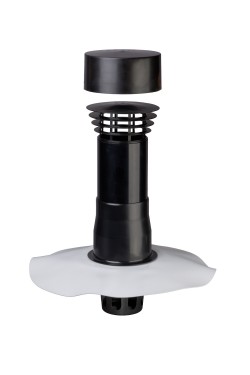Each downpipe in the building serving as a vent line has to protrude over the roof. alwitra stack vents form the upper end of vent lines over covered roofs of any constructional type. alwitra cold roof vents ensure air circulation in the air space of ventilated roof structures, so called cold roofs.
In the case of refurbishment, alwitra refurbishment vents offer an easy and reliable possibility of flashing existing vent lines up to DN 150 against the new waterproofing without prior removal.
Flat roof vents
Overview of important downloads
Array
(
[_wpcf_belongs_page_id] => Array
(
[0] => 2190
)
[_wpcf_belongs_downloads-type_id] => Array
(
[0] => 9480
)
[wpcf-order] => Array
(
[0] => 1
)
[_cmplz_scanned_post] => Array
(
[0] => 1
)
)




